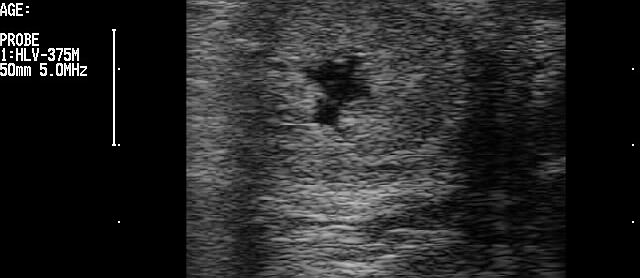Breeding-induced endometritis in a mar.
by
Reis OZMEN
Erasmus Student
Uludag University,Turkey
•Endometritis is an inflammation of the uterus lining that can be caused by breeding or introducing bacteria into the uterus.
•While most young mares have a remarkable ability to clear inflammation, older, multiparous (having foaled two or more times) mares can fail to clear contaminants from the uterus and are considered as 'susceptible’.
•Breeding-induced endometritis is normal and serves to clear the uterus of excess semen and contaminants. During this transient inflammation, which most mares resolve in 24-36 hours, there is a quick expulsion of sperm from the uterus. If not resolved in a timely fashion, the inflammation will create a uterine environment that is harmful to the embryo and often results in pregnancy loss.
•It is a normal event in the immediate hours after breeding, and it is believed that an inflammatory response is necessary for effective removal of bacteria and excess spermatozoa introduced into the uterus. It protects from bacterial infections, but can also occur in response to semen extender.
•In most cases, breeding induced endometritis is the result of the combined exposure to semen and bacteria, since bacteria can enter the uterus during both natural mating and artificial insemination.
•Other factors that have been linked to sub-fertility associated with breeding induced endometritis, includs:
–poor perineal conformation
–excess fluid retention during estrus prior to breeding
–a defect in myometrial contractility
•Uterine contractility is impaired, resulting in delayed uterine clearance;
•Impaired cytokine modulation appears to play a role in susceptibility; and
•Six hours is the critical timeframe to clear breeding-induced endometritis.
-When treating breeding-induced endometritis, lavage (flushing) and low doses of oxytocin can help the uterus to clear the inflammation;
-Low doses of oxytocin (5-20 units) result in beneficial muscle contraction, whereas higher doses (30-40 units) result in a disadvantageous muscle cramp.
-Use of prostaglandin F2α rather than oxytocin has also been shown to aid uterine clearance. If administered after ovulation, however, this treatment could be detrimental to fertility by delaying corpus luteum development.
Pliki
Breeding-induced endometritis in a mare.
Twój komentarz

Nie jesteś zalogowany. Zaloguj się lub dodaj komentarz bez logowania: